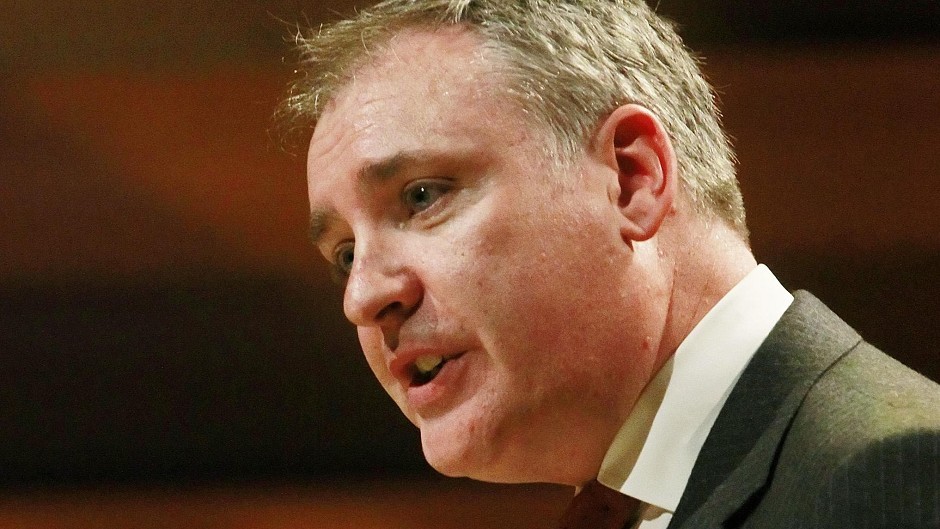I am pleased that this week’s Agrifish Council in Luxembourg agreed to a 25% increase some of this year’s quota for certain stocks to be banked. This means that our mackerel and herring fishermen can leave some of this year’s quota in the water with the security they will be able to catch it next year.
I had previously written to Commissioner Damanaki asking for an increase to be considered and raised the issue when I met Defra Secretary of State Liz Truss in Aberdeen earlier this year.
While across the EU the greatest impact of the Russian sanction are on agriculture items, for Scotland it is our pelagic fish sector that has had to adapt the most to minimise the potential impact on their industry. Our processors export up to 20% of the mackerel they process directly to Russia and so are taking a direct hit – but there is also an indirect impact, due to the knock-on product displacement across the whole of Europe.
This additional 25% will be a significant and welcome help to Scotland’s fishing industry as they seek to mitigate the impact of the Russian ban. And while we may not use all the extra banking, it makes sense to give our fishermen this flexibility.
We didn’t want to find ourselves sleepwalking into a situation where the cold stores were full and our boats which would be catching excellent quality fish but ending up a fishmeal, with no time or means to rectify the situation. In such a scenario then by far the best option is to leave the fish in the sea where they will continue to thrive, contributing to the future health of the stock which comes at no cost whatsoever. International scientific advice confirms banking this level of quota will not be detrimental to the stock in the medium to long term.
There can be no doubt that Scotland’s pelagic fishing industry is a successful sector, used to adapting to changes in market conditions and with great experience exporting to a wide range of markets and everyone has acted quickly to put a plan in place to help them adapt to this latest challenge.
I also met with the Commissioner this week to discuss both the trade ban and wider issues affecting Scotland’s fishing industry with her directly. This was a good opportunity to talk about the upcoming implementation of the historic discard ban.
I believe that Member States and the Commission need to show joint leadership in developing – without delay – new fisheries management approaches to enable effective delivery of the discard ban while maintaining the viability of European fleets.
I was also stressed the importance of a level playing field across the EU and with other key countries such as Norway when it comes to the monitoring and enforcement of the ban. We cannot have fishermen from different countries fishing the same waters but subject to different levels of compliance monitoring. That would be exceptionally unfair, cause much ill feeling and lose the goodwill of our industry.
